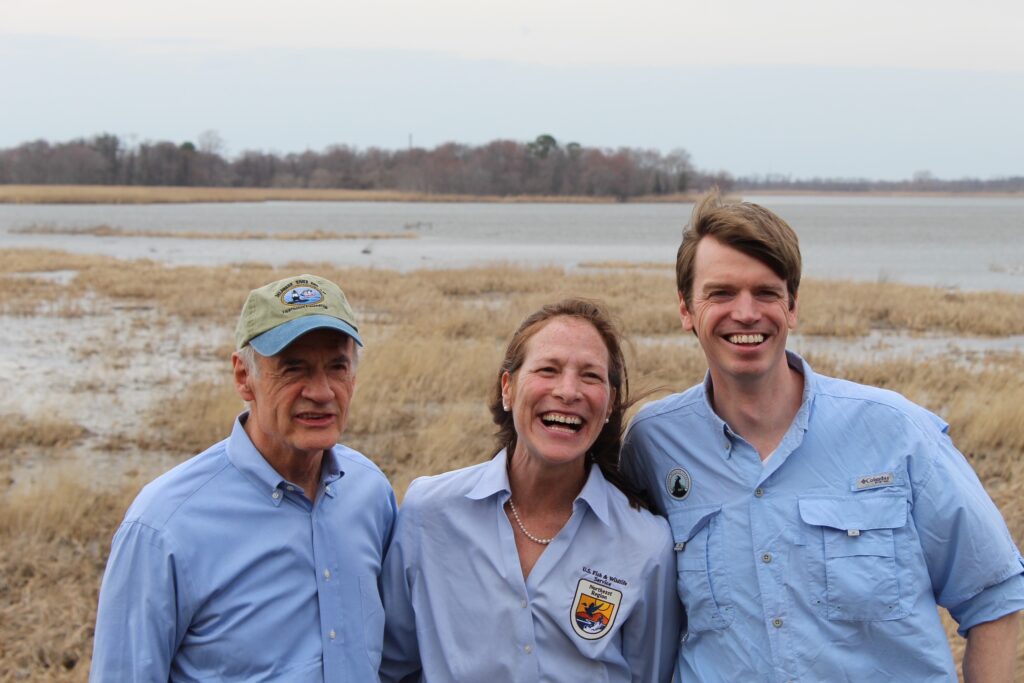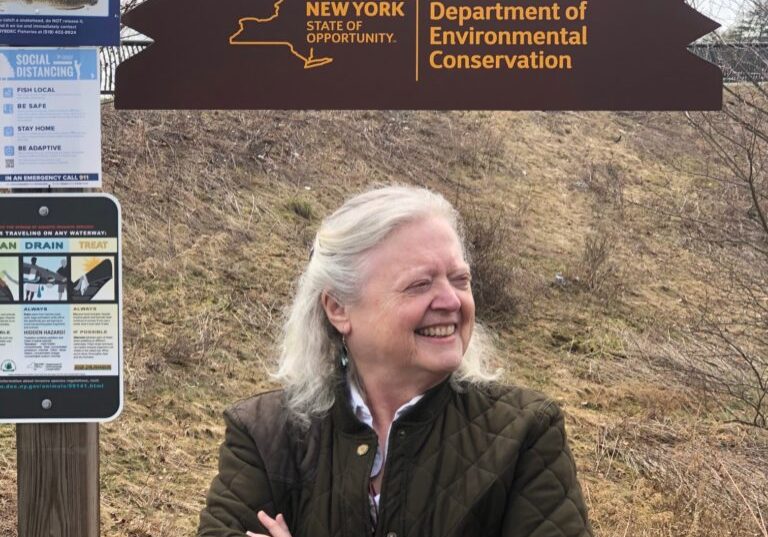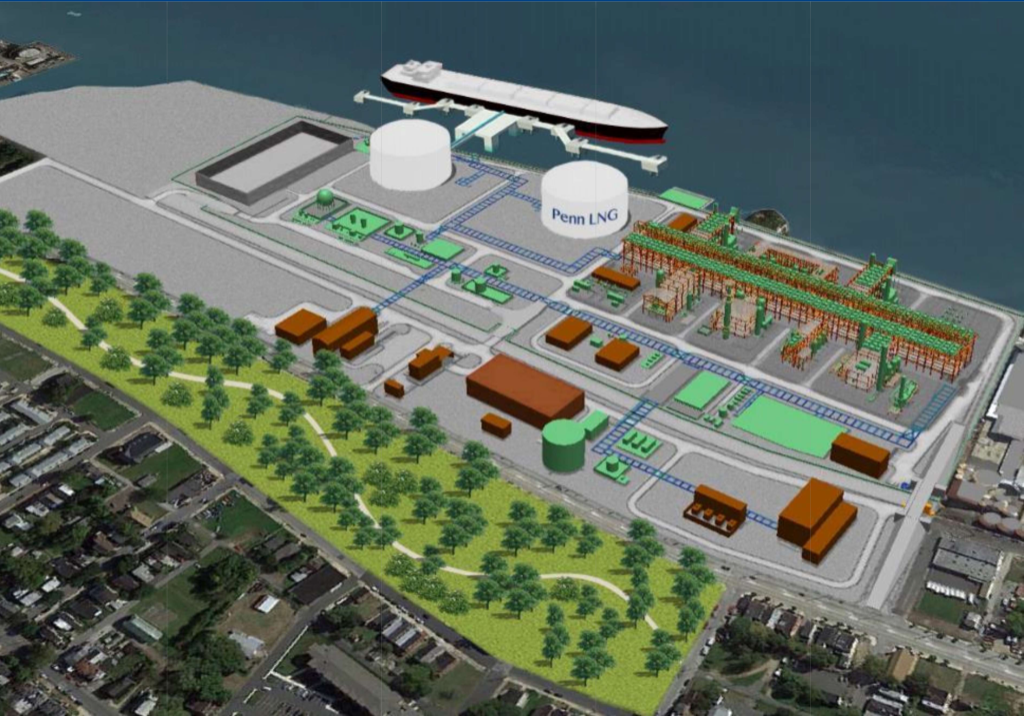
Big doings in D.C.
| March 18, 2022

Last week was a big week for fans of the Delaware River and its watershed at the U.S. Capitol. And as with all things legislative, the path of progress is strewn with cumbersome names of programs, agencies and legislators involved.
The path of progress? Money.
Things kicked off with the first meeting of the bipartisan Congressional Delaware River Watershed Caucus, hosted by one of its co-founders, U.S. Rep. Antonio Delgado (NY-19). Congressional representatives met with members of the Coalition for the Delaware River Watershed to discuss the CDRW’s priorities for the watershed. More here
He was joined by U.S. Rep. Dwight Evans (PA-3) to announce bipartisan legislation to reauthorize the Delaware River Basin Restoration Program through 2030. Co-sponsors include U.S. Rep. Brian Fitzpatrick (PA-1) and U.S. Rep. Lisa Blunt Rochester (DE)
The day before, Sen. Tom Harper (DE) unveiled the Delaware River Basin Conservation Reauthorization Act, the Senate partner legislation for the House bill. He was joined by environmental partners at Thousand Acre Marshin New Castle County, Delaware. Also onboard are Sen. Chuck Schumer(NY); Sen. Chris Coons (DE); Sen. Cory Booker (NJ); Sen. Bob Menendez (NJ)and Sen. Bob Casey (PA).
The program aims to get federal dollars funneled to the local level to support grassroots restoration action.
The Delaware River Basin Restoration Program (there are a lot of long names and agencies involved, be patient) — was created in the Delaware River Basin Conservation Act, signed into law in 2016 by President Barack Obama. The goal is to find projects in the watershed to support on-the-ground restoration and conservation. The program provides competitive grants and technical assistance through the Delaware Watershed Conservation Fund.
The program is administered by the U.S. Fish and Wildlife Service and facilitated by the National Fish and Wildlife Foundation.
The reauthorization increases the federal cost-sharing provisions from a 1:1 match of federal dollars with local resources to a 90% share from the federal government and 10% match for small, rural or disadvantaged communities that are submitting restoration projects for consideration.
“By reducing match and barriers of entry into the program, our collective impact can only grow,” said Kelly Knutson, director of the Coalition for the Delaware River Watershed.
The Delaware River Basin Restoration Program has been a significant route for federal dollars to find their way into the watershed, long starved of federal money. According to the National Fish and Wildlife Foundation:
In 2018: $5M
In 2019: $6M
In 2020: $9.7M
In 2021: $10M
And those figures don’t include the local matching funds — all money going into work in the basin toward specific efforts selected by the people on the ground who know where the greatest needs are.
Here’s the grant report from the National Fish and Wildlife Foundation for 2021grants, which range from a $1.6M project to create a water trail in Camden, N.J., to $150K to protect trout habitat in the Beaver kill in New York.
Back in January, Delgado was joined by his caucus co-chair, Fitzpatrick — and 16 other caucus members — to call for increasing the funding for the program to $12.5M in Fiscal Year 2022.
If you’re interested in learning more about the grants, the National Fish and Wildlife Foundation can help.
You’ll notice that there’s another funding stream for the Delaware watershed administered by NFWF — the Delaware Restoration Fund — set up in 2013. That’s not a federal program and largely funded by the William Penn Foundation to support its Delaware River Watershed Initiative.
The federal funding stream does have yet another new component — the Infrastructure Investment and Jobs Act will be funneling still more federal dollars into the basin. First off, it’s adding $26M over the next five years to the annual funding for the Delaware Basin Restoration Program (see above).
Then, federal dollars will find a host of avenues for infrastructure improvements in the watershed: money coming to the states to parcel out; money coming via the National Estuary Program to the Delaware Estuary; money to the U.S. Army Corps of Engineers for significant projects. More here
It should be noted that one way federal dollars are not yet coming into the basin is the promised funding from the federal government to the Delaware River Basin Commission. The funding mechanism for that is through the U.S. Army Corps of Engineers. More here
Last and certainly not least, the Coalition for the Delaware River Watershed in its self-described “Hill Week,” this year with 70 members of its 175 member organizations came to D.C. to rally Congressional enthusiasm for continued support for all these programs.
Of course, this small army of river enthusiasts were also showing the flag for the river, encouraging Congress to recognize that the Delaware River and its watershed had environmental votes that could help tip the balancein the upcoming elections.


![DC_Image [Image 4_Assunpink Meets Delaware] meets Delaware The Assunpink Creek on its its way to meet the Delaware River. The creek passes through woods, industrial and commercial areas and spots both sparkling and filled with litter.](https://delawarecurrents.org/wp-content/uploads/bb-plugin/cache/DC_Image-4_Assunpink-meets-Delaware-1024x768-landscape-14f069364113da5e8c145e04c9f2367c-.jpg)



